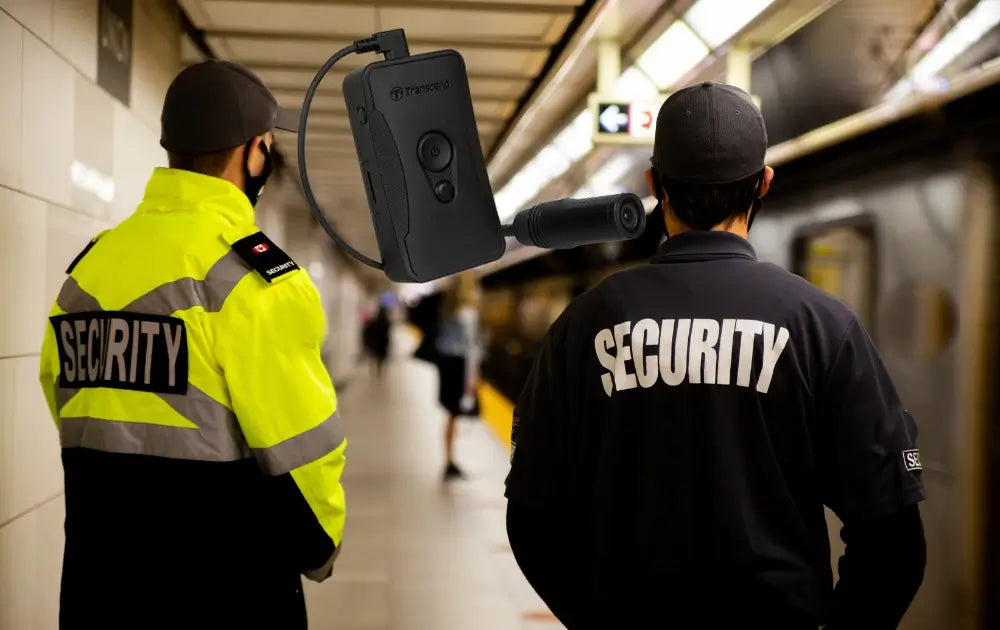Body cameras have undergone a remarkable transformation since their inception, evolving from cumbersome, low-quality recorders to sleek, AI-powered devices that have revolutionized law enforcement, security, and various industries. In this blog, we'll explore the fascinating history of body cameras, their development, and the cutting-edge features that have made them an indispensable tool for professionals.
Early Beginnings: The First Body Cameras (1990s-2000s)
The first body cameras emerged in the 1990s, primarily used by law enforcement agencies. These early devices were bulky, weighed around 1 pound, and had limited storage capacity (around 1 hour of footage). They were often attached to the officer's shoulder or chest, providing a grainy, low-resolution video feed. Despite their limitations, these pioneering body cameras marked the beginning of a new era in evidence collection and accountability.
Advancements and Adoption (2000s-2010s)
The mid-2000s saw significant improvements in body camera technology, with the introduction of:
Digital storage: Replacing analog tapes with digital storage enabled longer recording times and easier data management.
Smaller designs: Cameras became more compact, making them easier to wear and conceal.
Improved video quality: Resolution increased, providing clearer footage and enhancing evidence collection.
As body cameras became more user-friendly and effective, their adoption expanded to various industries, including:
Law enforcement: Widespread adoption in police departments worldwide.
Security: Private security companies and event management teams began using body cameras.
Healthcare: Medical professionals used body cameras for training, patient care, and incident documentation.
Modern Body Cameras (2010s-Present)
Recent advancements have transformed body cameras into sophisticated, AI-powered devices:
High-definition video: Crystal-clear footage with resolutions up to 4K.
Longer battery life: Extended recording times, some up to 12 hours.
Wireless connectivity: Seamless data transfer and real-time streaming.
Artificial Intelligence (AI): Integrated AI algorithms enable:
Object detection: Identifying people, vehicles, and objects.
Facial recognition: Verifying identities and detecting emotions.
Anomaly detection: Flagging unusual behavior or incidents.
Cutting-Edge Features and Applications
Modern body cameras have led to innovative applications:
Smart sensors: Integration with environmental sensors, detecting temperature, humidity, and noise levels.
GPS and mapping: Geolocation and mapping capabilities for improved situational awareness.
Real-time analytics: AI-driven insights for enhanced decision-making.
Virtual and augmented reality: Immersive training experiences and incident reconstruction.
Challenges and Future Directions
Despite the progress, body cameras face challenges:
Data management: Handling and storing vast amounts of footage.
Privacy concerns: Balancing individual rights with public safety and accountability.
Cybersecurity: Protecting sensitive data from cyber threats.
As body cameras continue to evolve, we can expect:
Increased AI capabilities: Enhanced analytics and predictive insights.
Improved wearability: Smaller, more discreet designs for increased comfort.
Expanded applications: Body cameras in new industries, such as education and hospitality.
The evolution of body cameras has been remarkable, from bulky recorders to sleek, AI-powered devices. As technology advances, body cameras will continue to play a vital role in promoting accountability, transparency, and public safety. Embracing these innovations will shape the future of various industries and professions.
